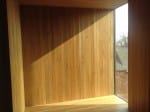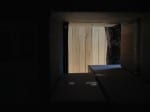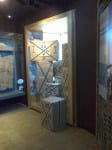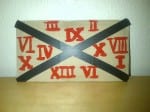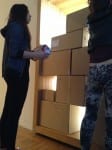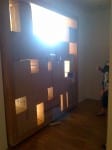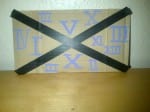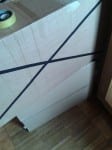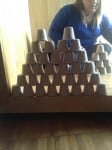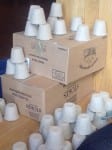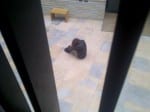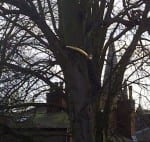Overall I think the performance went well and we appreciated the staff and audience bravely questioning our choices at the end. Our feedback was intriguing as the audiences main focus was our role in the performance, yet they loved the bringing in of our balloons for the escapism and hope feel to the end of our piece and found it refreshing. One element I would change, or work on, was the flimsiness and weakness of our boxes. We spent a lot of time practising out how the boxes should be stacked, as whenever we created our wall, each time a different box would not hold. After continuing to label and colour coordinate our boxes into sequences for steadiness and balance, in the end we concluded that once the first layer of stable, strong boxes were placed, our choices above could be random and unsystematic. We hoped for the best with this as having a certain structure created issues and we ended up over thinking our wall. Another thing I noticed was the audiences hesitation to enter our space whilst we were performing. Our tutor initially knew to freely enter our space yet the audience where unaware whether they were allowed to or not. However once people risked the capability to walk where they please and came in our performance space around us, I can assume the audience felt more comfortable being somewhere they can walk freely and watch us. (As if we were part of the gallery).
Our performance title; Nova Inventa sums up our performance. New Discoveries is about us taking a space and allowing it to be used to its maximum potential. To the audience, the space would be a discovery in itself, and we would transform it to bring something that would make the space actual artwork. I feel that we have come along way from devising a piece of movement that started off with army figurines and messages in balloons. We had originally looked at 5 different overlooked spaces and I am glad we narrowed it down to 2. Whilst we potentially lost out, we gained a better idea of our responses to the space and our intentions to the audience through the use of the parallel sides.
